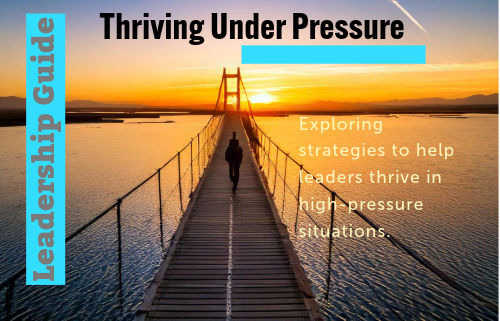Leadership Guide: Sensitivity Analysis & Risk Scenarios
Sensitivity Analysis & Risk Scenarios: A Leadership Guide
Introduction
Effective leadership requires the ability to anticipate and respond to uncertainty. Sensitivity analysis and risk scenario planning provide a structured approach to understanding financial performance under different conditions. By identifying key variables, modelling scenarios, and developing contingency plans, leaders can navigate risks with confidence and maintain strategic direction.
Identification: Identification of Key Variables Affecting Financial Performance
Understanding the factors that influence financial outcomes is the foundation of sensitivity analysis. Leaders should focus on key performance drivers, including:
- Revenue Drivers – Sales volume, pricing strategies, customer acquisition rates.
- Cost Structure – Fixed vs. variable costs, supply chain dependencies, operational efficiencies.
- Market Conditions – Economic trends, industry competition, regulatory changes.
- Financial Leverage – Interest rates, debt levels, access to capital.
- Operational Risks – Workforce stability, technology reliance, logistical challenges.
A common challenge is that budgets are often created as a paper exercise rather than a balanced representation of likely business performance. CFOs may structure budgets partly to demonstrate compliance with banking covenants and partly to load them with best-case initiatives. This can lead to a false sense of security, masking reality and delaying corrective actions. Leaders must scrutinise budget assumptions critically to ensure they reflect actual business dynamics.
Action Step: Conduct a financial sensitivity workshop with your leadership team to pinpoint the most critical variables that could impact performance.
What if: Scenario Modelling: Best-Case, Base-Case, and Worst-Case Outcomes
Scenario modelling helps organisations prepare for different financial situations by analysing how variations in key variables influence outcomes.
- Best-Case Scenario: Assumes optimal conditions such as strong revenue growth, cost efficiency, and favourable market trends. Useful for identifying expansion opportunities and investment decisions.
- Base-Case Scenario: Represents the most likely outcome based on current assumptions and known variables. Used for operational planning and budgeting.
- Worst-Case Scenario: Accounts for adverse conditions such as revenue declines, supply chain disruptions, or economic downturns. Helps leaders assess financial resilience and prepare risk mitigation strategies.
Action Step: Build financial models for each scenario and stress-test key assumptions to ensure your organisation can withstand volatility.
What could we do: Contingency Planning for High-Impact Risks
Once risk scenarios are identified, contingency plans must be developed to mitigate the impact of negative events. Effective contingency planning includes:
- Predefined Response Triggers: Establishing key indicators (e.g., revenue drops by 15%) that activate contingency measures.
- Financial Safeguards: Maintaining cash reserves, diversifying revenue streams, securing alternative funding options.
- Operational Adjustments: Implementing cost-control measures, workforce flexibility strategies, and supplier diversification.
- Decision-Making Framework: Defining clear escalation protocols to ensure swift leadership responses to emerging risks.
Action Step: Assign responsibility for each risk area to a leadership team member and conduct regular reviews to ensure contingency plans remain relevant.
Conclusion
Sensitivity analysis and risk scenario planning provide leaders with the foresight to navigate uncertainty with confidence. By identifying key financial variables, modelling different scenarios, and developing actionable contingency plans, businesses can enhance resilience and maintain stability in volatile conditions. Proactive planning ensures that when challenges arise, leaders are prepared to act decisively and sustain long-term success.




